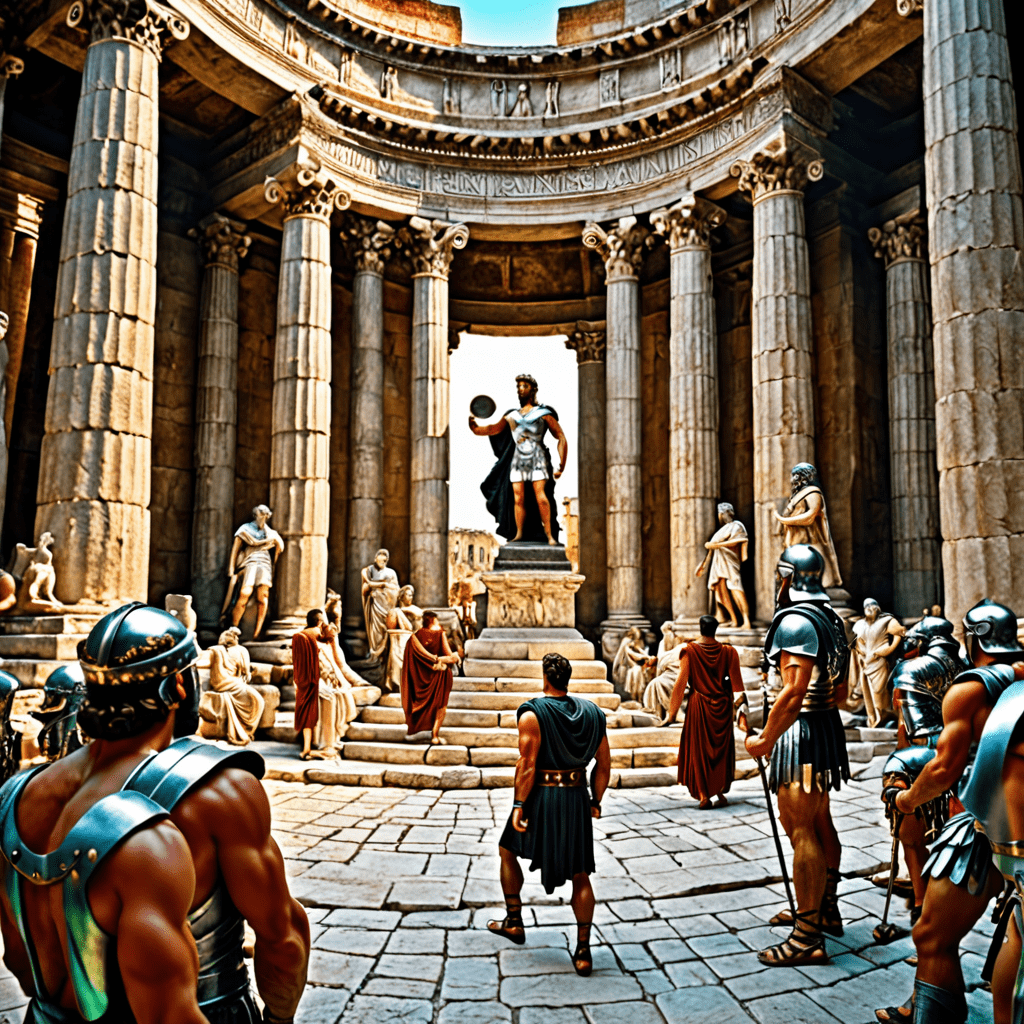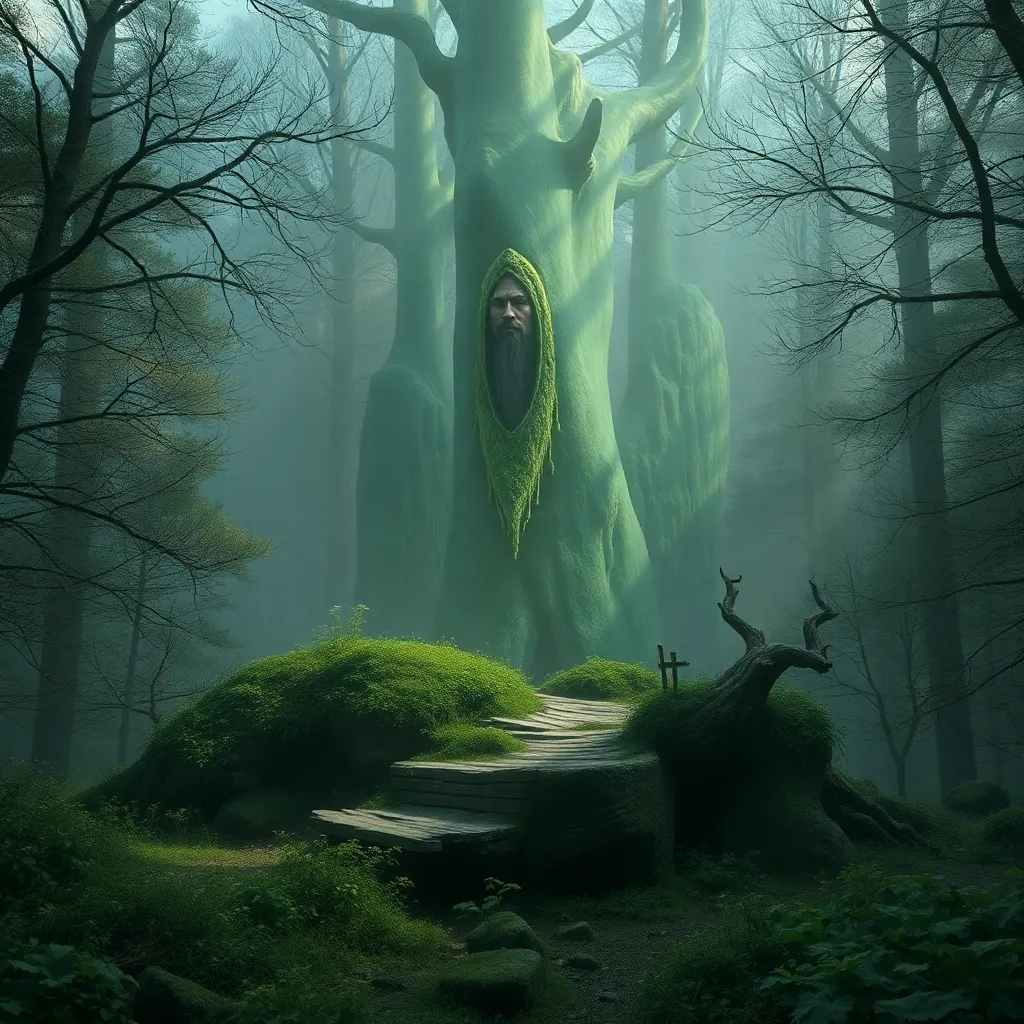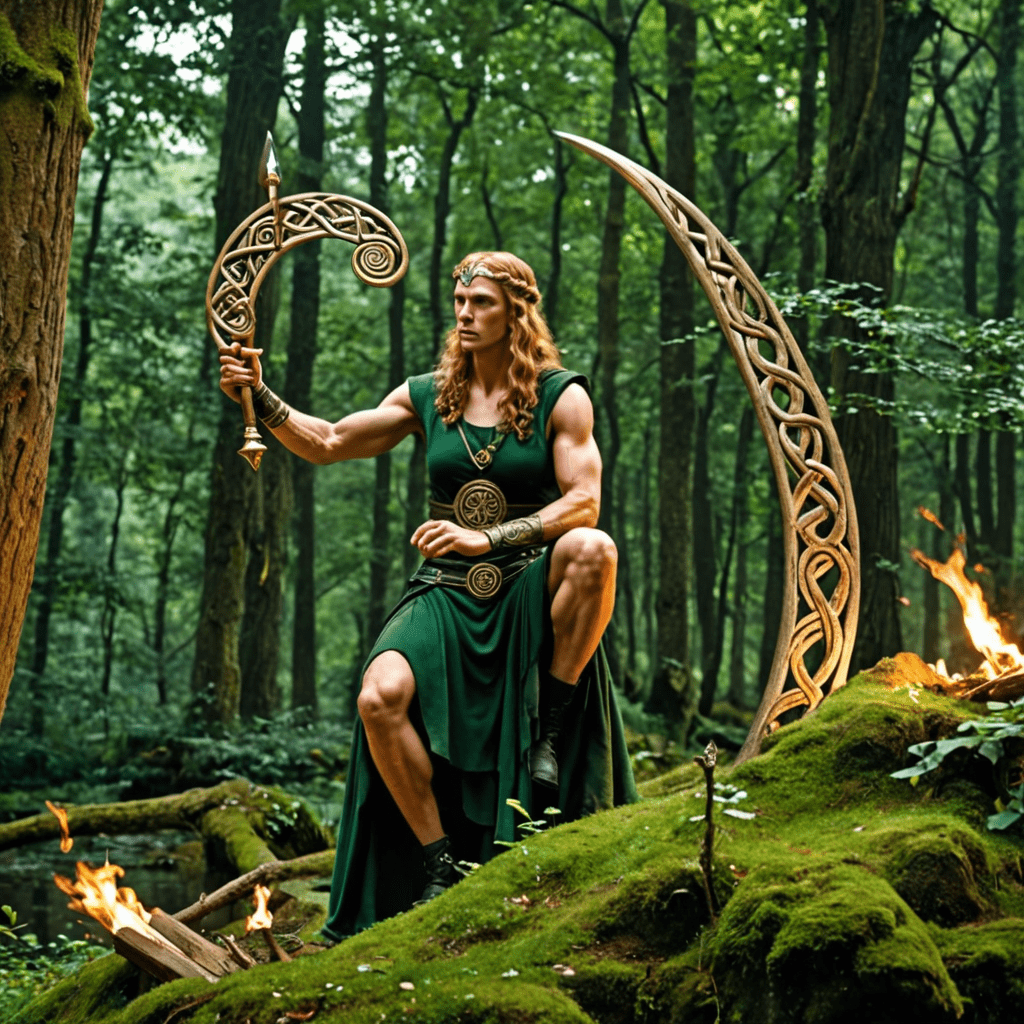Aztec Cosmology: Understanding the Universe’s Structure
The Aztec civilization, known for its intricate art, complex social structures, and awe-inspiring pyramids, had a rich and nuanced understanding of the universe. Their cosmology, a framework for comprehending the cosmos, was deeply embedded in their daily lives, rituals, and beliefs. The Aztecs saw the universe as a multi-layered, dynamic entity, where every aspect, from the celestial bodies to the Earth's elements, played a vital role in maintaining cosmic balance.
The Four Worlds: A Multi-Layered Universe
The Aztec worldview was built upon the concept of four interconnected worlds, each with its own unique characteristics and significance. These worlds were not simply physical locations but rather different states of existence, representing the cycle of creation, life, and death.
- The First World (Tlalocan): This world, situated beneath the Earth, was a paradise inhabited by the souls of those who died from water-related causes. It was a place of lush vegetation, abundant rainfall, and eternal spring.
- The Second World (Tlacuiloque): This world was also located beneath the Earth, but it was a realm of darkness, where the souls of those who died from illnesses dwelled. It was a place of shadows, where the dead were constantly tested and refined.
- The Third World (Mictlan): This world was the underworld, the ultimate destination for all souls after their earthly journey. Mictlan was a complex and dangerous place, with nine levels, each presenting its own challenges and trials.
- The Fourth World (Tenochtitlan): This was the world of the living, the Earth we inhabit. It was the center of the Aztec universe, where the cycle of life continued, and humanity's connection to the other worlds was maintained.
The Cosmic Tree: Axis Mundi and the Center of Creation
At the heart of Aztec cosmology stood the Cosmic Tree (also known as the World Tree or Tree of Life), a powerful symbol connecting the different worlds. The Cosmic Tree represented the axis mundi, the central axis of the universe, linking heaven, earth, and the underworld.
Its roots extended deep into Mictlan, its trunk firmly planted in the Earth, and its branches reached towards the heavens. The Cosmic Tree was a sacred entity, embodying the interconnectedness of everything, and its branches were believed to be home to various celestial beings, including the sun and moon.
The Sun and Moon: Celestial Deities and Their Roles
The sun and moon held significant importance in Aztec cosmology. They were not merely celestial bodies but powerful deities, responsible for the rhythm of life on Earth.
- The Sun (Tonatiuh): The sun god was a warrior deity, symbolizing strength, power, and the life-giving force of the sun. He was associated with the cycle of day and night, the seasons, and the growth of crops.
- The Moon (Metztli): The moon goddess was associated with fertility, femininity, and the cycles of menstruation and gestation. She was also seen as a protector of midwives and a guide for travelers during the night.
The Stars: Guides, Messengers, and Symbols of Fate
The stars played a crucial role in Aztec beliefs. They were seen as guides for travelers, messengers of the gods, and symbols of fate. The Aztecs carefully observed the constellations and used their movements to predict the weather, plan agricultural activities, and understand the will of the gods.
The Underworld: Mictlan and the Journey of the Dead
Mictlan, the Aztec underworld, was a place of both fear and fascination. It was a complex and dangerous realm, divided into nine levels, each presenting its own challenges and trials. The journey through Mictlan was arduous, requiring the soul to confront various obstacles and deities. Those who successfully navigated these trials would eventually reach the heart of Mictlan, where they would join the ranks of the ancestors.
The Aztecs believed that the journey through Mictlan was an essential part of the soul's transformation. It was a time for purification and testing, preparing the soul for its final destiny.
The Sky Gods: Tezcatlipoca, Quetzalcoatl, and Huitzilopochtli
The Aztec pantheon was populated by a diverse array of deities, each with their own unique roles and attributes. Three of the most prominent sky gods were Tezcatlipoca, Quetzalcoatl, and Huitzilopochtli, who played crucial roles in Aztec cosmology and mythology.
Tezcatlipoca (Smoking Mirror): Known as the "Black God" or "Smoking Mirror," Tezcatlipoca represented darkness, night, and the unknown. He was associated with magic, illusion, war, and the challenges of life. He was believed to be a powerful and unpredictable deity, capable of both good and evil.
Quetzalcoatl (Feathered Serpent): A benevolent deity, Quetzalcoatl embodied wisdom, knowledge, art, and culture. He was associated with the wind, the planet Venus, and the dawn. He was known for his teachings and his role in bringing civilization to humanity.
Huitzilopochtli (Hummingbird of the South): The patron god of the Aztecs, Huitzilopochtli was a fierce warrior deity, associated with the sun, war, and the Aztec capital of Tenochtitlan. He was believed to be the embodiment of strength, courage, and the warrior spirit.
The Earth and its Elements: Four Corners and Sacred Mountains
The Aztecs understood the Earth as a living entity, with its own heartbeat and rhythm. They recognized the importance of its elements, each playing a vital role in maintaining the balance of nature. The Earth was also believed to be divided into four corners, each associated with a specific cardinal direction and element.
East: Associated with the dawn, life, and the sunrise, this corner was linked to the element of water. The god Tlaloc, the rain god, resided here.
South: Symbolic of the afternoon sun and the peak of its power, this corner was linked to the element of fire. The god Xiuhtecuhtli, the god of fire, resided here.
West: Representing the setting sun and the end of the day, this corner was associated with the element of air. The god Quetzalcoatl, associated with the wind, resided here.
- North: Representing the darkness of night and the underworld, this corner was linked to the element of earth. The god Mictlantecuhtli, the god of the underworld, resided here.
The Aztecs also believed that certain mountains were sacred, acting as portals between the different worlds. These mountains were believed to be inhabited by powerful deities and were often used for rituals and ceremonies.
The Role of Sacrifice: Maintaining Cosmic Balance
Sacrifice played a crucial role in Aztec cosmology. They believed that the gods required sustenance, and that the best offering was the human heart. By offering sacrifices, the Aztecs sought to maintain cosmic balance and ensure the continued existence of the universe.
The most common form of sacrifice was the offering of human blood, usually drawn from the earlobes, tongue, or genitals. In some cases, individuals would be sacrificed by being burned, decapitated, or having their hearts extracted.
While these practices may seem brutal to modern sensibilities, the Aztecs viewed sacrifice as a sacred duty, a way to honor the gods and ensure their continued favor.
Theories on Aztec Cosmology and its Influence
Aztec cosmology was a complex and multifaceted system, reflecting a deep understanding of the natural world, the human condition, and the divine. Over time, scholars have proposed various theories to explain its origins and significance.
One theory suggests that Aztec cosmology was influenced by earlier Mesoamerican civilizations, such as the Olmec, Mayan, and Teotihuacan cultures. These civilizations had their own complex cosmologies, which may have influenced the development of Aztec beliefs.
Another theory suggests that Aztec cosmology was shaped by their own unique experiences and observations, particularly their deep connection to the natural world and their emphasis on agriculture and warfare.
Contemporary Interpretations and Significance of Aztec Cosmology
Today, Aztec cosmology continues to fascinate and inspire people around the world. Its rich tapestry of myth, legend, and symbolism offers insights into the human condition, the nature of the universe, and the search for meaning in life.
Contemporary interpretations of Aztec cosmology often focus on its themes of interconnectedness, the balance of opposites, and the cyclical nature of life and death. These themes resonate with many people in the modern world, who are seeking a deeper understanding of their place in the universe and the meaning of their existence.
FAQ
What are some of the key elements of Aztec cosmology?
Aztec cosmology included concepts like the four worlds, the cosmic tree, the sun and moon deities, the stars, the underworld, the sky gods, the Earth elements, and the importance of sacrifice.
How did Aztec cosmology influence their culture?
Aztec cosmology played a central role in shaping their everyday life, rituals, art, architecture, and social structure. Their belief systems guided their understanding of the world, their place in it, and their relationship with the divine.
What are some contemporary interpretations of Aztec cosmology?
Modern interpretations often focus on themes like interconnectedness, balance, cycles, and the search for meaning. They explore the relevance of Aztec beliefs in understanding the modern world and its challenges.
What are some of the main sources of information on Aztec cosmology?
Primary sources include Aztec codices, hieroglyphic writings, and archaeological evidence. Secondary sources include anthropological studies, historical accounts, and scholarly books and articles.



